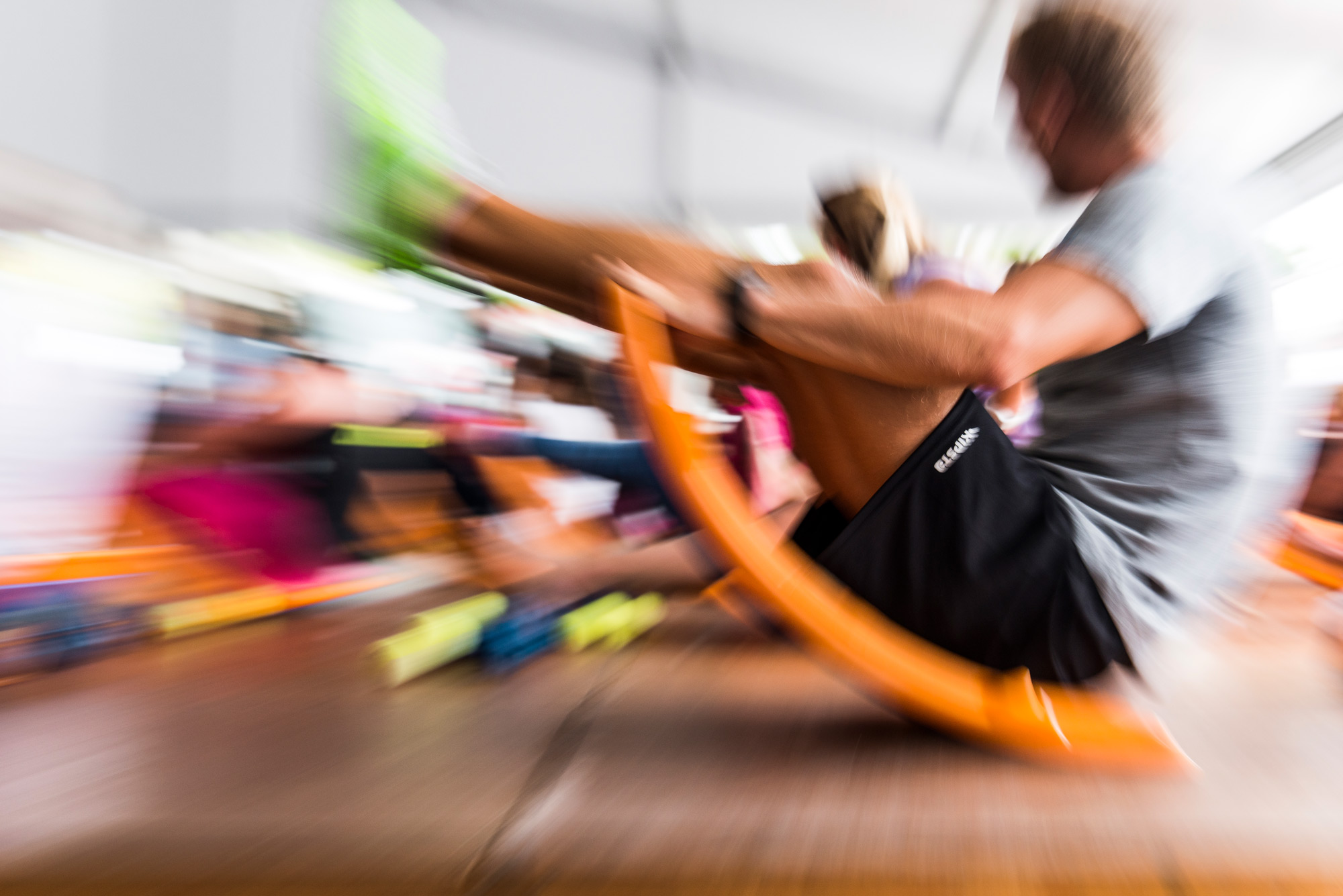
From the characteristics of concrete construction blocks (NF EN 771-3) to your nearest stop sign (NF ISO 3864-1), the design, manufacturer and running of the world around us is largely influenced by international standards.
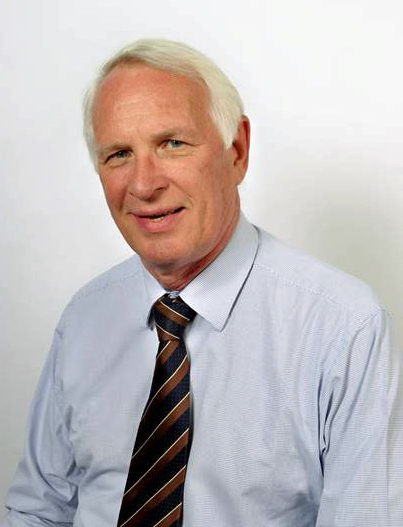 When it comes to FISU Healthy Campus programme defining everything from its social developmental criteria to its university label-bestowing process, this wasn’t made willy-nilly. There’s a team of thirty world-renowned experts in their fields, helping shape the programme’s conversation and criterion.
When it comes to FISU Healthy Campus programme defining everything from its social developmental criteria to its university label-bestowing process, this wasn’t made willy-nilly. There’s a team of thirty world-renowned experts in their fields, helping shape the programme’s conversation and criterion.
For the FISU Healthy Campus expert team, this includes Alister Dalrymple, a Managing Director and Administrator for AFNOR (Association Française de Normalisation), the leading accredited certification body.
Alister brings over 20 years of experience helping to develop and implement international specification documents — in everything from nuclear supply chains to personal and collective wellbeing measures — alongside a passion for leading university lectures on the subject.
FISU Media caught up with Alister from his Parisian neighbourhood home to discuss physical activity, sports and wellbeing as it relates to healthy workplaces and university campuses.
How did you get involved with the FISU Healthy Campus programme?
I came to the FISU project because of Evaleo, an association closely linked to my work in the field of certification and standardisation. They were looking for someone with expertise in writing standards. As I also have a background lecturing at universities and in sports, so this project was right up my street.
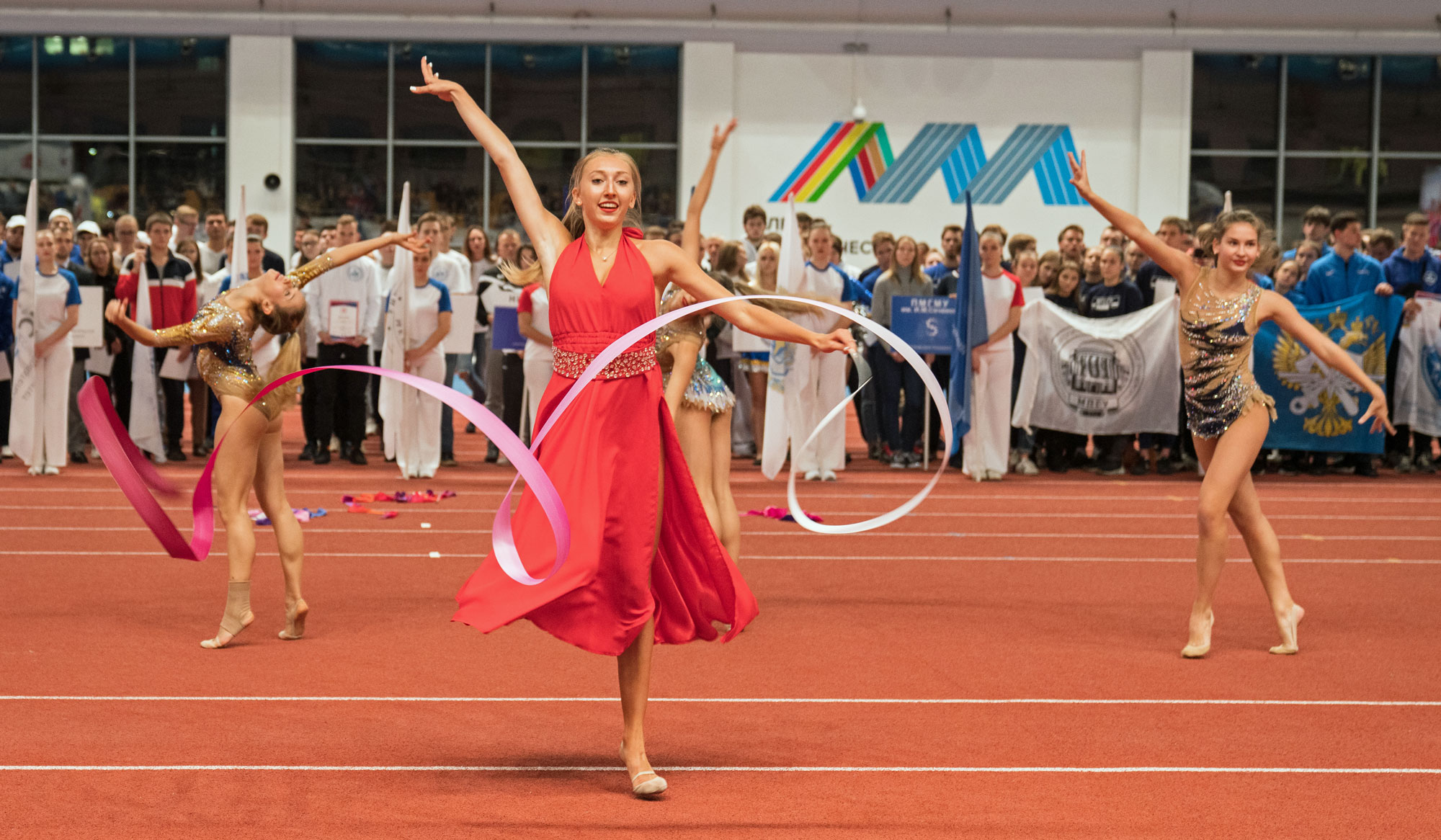 Sport on campus goes beyond organised team sports events, something that the FISU Healthy Campus programme encourages universities to also provide opportunities to
Sport on campus goes beyond organised team sports events, something that the FISU Healthy Campus programme encourages universities to also provide opportunities to
What was it about this programme that made you want to get involved?
The first project I worked with Evaleo on was Global Active Cities. This is a very sophisticated projected that starts at the grassroots, literally looking at how cities, towns and villages can better get their citizens off their sofas. We looked at how we could deal with diabetes, heart problems, all the rest – particularly in an urban context.
First, we put together the Global Active Cities plan. Then we advocated and disseminated the finding. A central component of this was physical activity, not necessarily sport but getting people to put down the bag of crisps and up off the sofa, and daily more movement and exercise to their days.
From here, I worked on another project: Healthy Workplaces. From here, it was very, very simple to move that one across to Healthy Campus. These programmes all fit together and try to get to the same end: better lifestyle, better wellbeing, and ensuring there’s some sort of daily physical activity – no matter what it is.
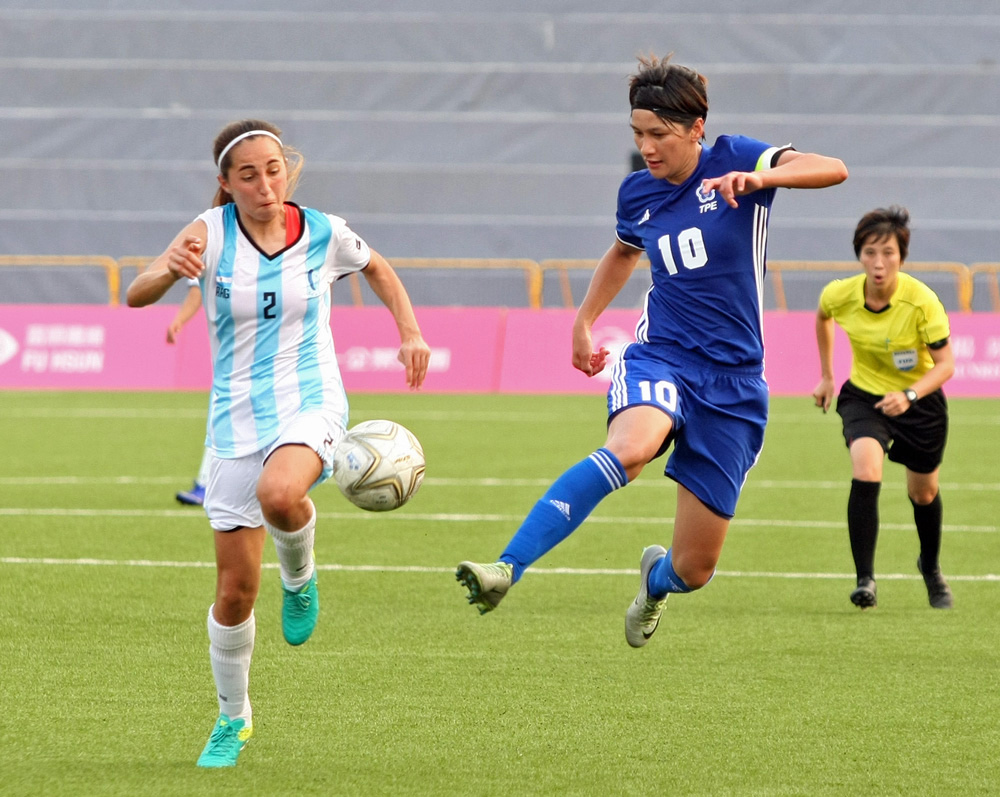 Chinese Taipei takes on Argentina during the Taipei 2017 Summer Universiade
Chinese Taipei takes on Argentina during the Taipei 2017 Summer Universiade
So the values and mission of university sport, of getting physical activity more entrenched into student and campus life, resonates with you?
Absolutely. When we look across the complete spectrum, we see two big chasms, two big holes, in physical activity. Around 12 and 13 in those early teenage years, we now see a distinct lack of interest in organized sport. For whatever reason; there are lots of reasons.
Then we see when people get into the working world they have to make an effort to continue to stay active. At universities, there’s already lots of sports opportunities and sports infrastructure. It’s an ideal place to get people making lifestyle choices that they will carry with them long after they graduate. Generally speaking, what we see, though, is a lack of drive and promotion from the universities to get students more active and healthy. Sure, there are organized sports on most campuses. But not everyone wants to play organized football or tennis or whatever.
Organised sports teams and events don’t fit for everyone on campus. For the vast majority of the university campus population, we need to investigate ways of providing options for physical that go beyond our traditional sports team concepts.
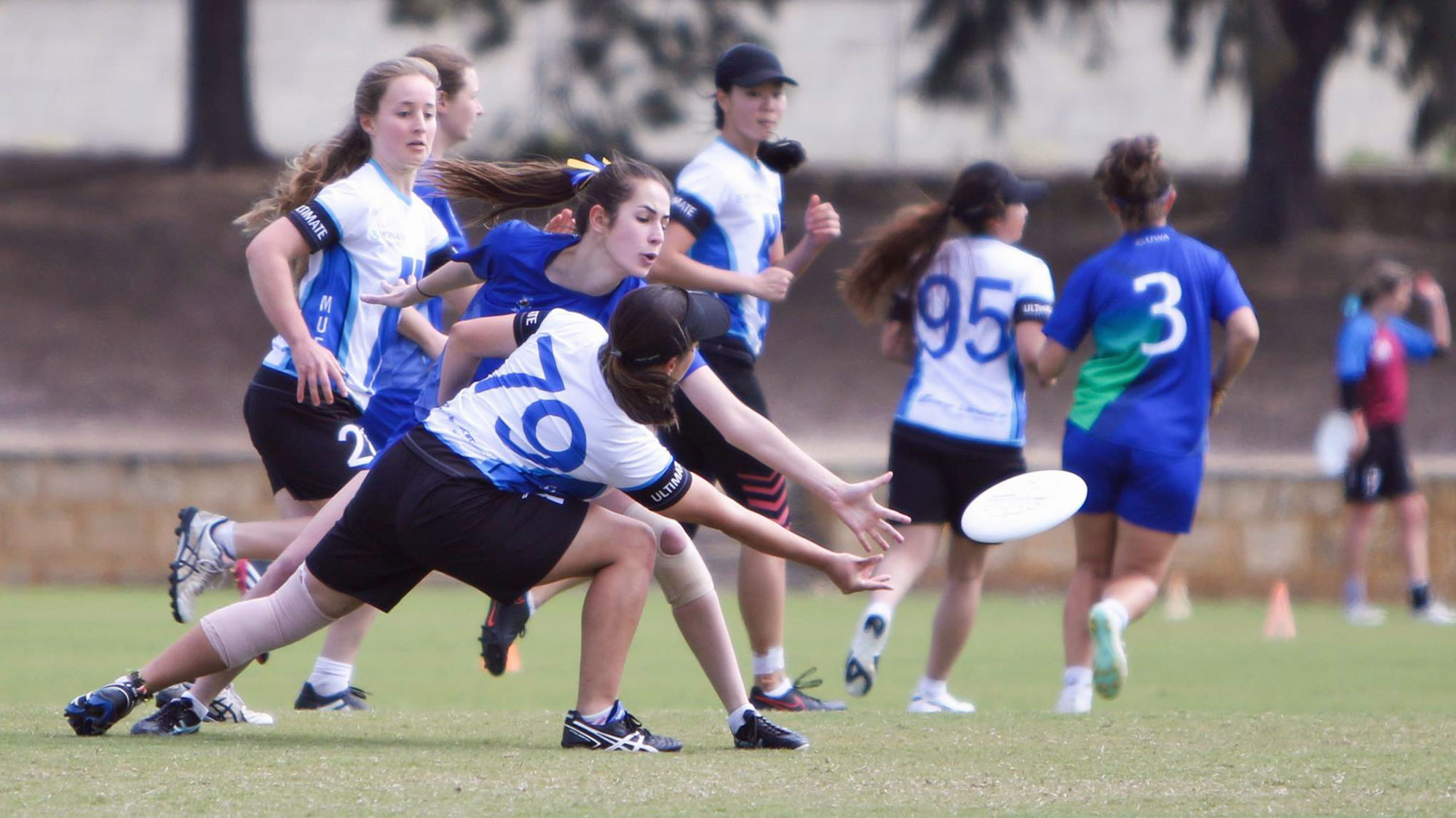 Considering the depth and diversity of sports on campus, Flying Disc is a FISU Recognised Sport
Considering the depth and diversity of sports on campus, Flying Disc is a FISU Recognised Sport
As an Irishman living and working in Paris with a mandate to manage departments and teams around the world, you have built up some years of international relations experience.
Ninety percent of my job is outside of France. So I spend a lot of time travelling internationally. I find this to be an enlightening part of the job.
Having this global life and work experience, how does this impact your work with an international organisation such as FISU?
It’s fascinating, totally fascinating. I love working internationally because you meet people from all sorts of background. I consider myself somewhat of a citizen of the world.
I worked with the FISU team to come up with the groundwork for the Healthy Campus project. Then we brought this to a worldwide community of experts. While we haven’t been able to all meet up with this global collection of experts (due to COVID-19 travel restrictions), I look forward to when we are all able to come together. But even when we have our virtual group meetings, it’s fascinating to hear their different points of view.
Working to develop international standards over the years, I always find it fascinating to take all these different inputs and see what we all can agree to. Most of this isn’t ‘here’s your point of view and here is mine,’ it’s ‘You’ve got yours, I’ve got mine; what can we agree upon?’ We are not in a negotiating situation; we’re in identifying what we have in common.
With the FISU Healthy Campus programme, you have 30 to 40 experts, and they are coming from academia, business, and others who are very sports-oriented. We all go at it from a different angle. We bring this all together and come up with something workable for just about everybody. That’s the challenge – and opportunity – for any project like this.
 The intersection of sports, celebration and studies at FISU events set is apart from other events hosts
The intersection of sports, celebration and studies at FISU events set is apart from other events hosts
What do you see as being some of the strengths of Healthy Campus?
I believe one of the core strengths is we haven’t set a minimum requirement or criteria for universities to join into the Healthy Campus programme. Instead, we have set the conditions, the basis, the pedestal, for each university to adhere to. Every institution can get in. Then, from here, the universities improve.
Then, after that, we add to the basic foundation approach. It’s a good mixture of the need to have and the good to have. That takes us over and above other similar sorts of projects out there.
One of the spin-off effects of FISU taking on this programme is it will take it even more outside the elite sports realm. I see this as a big plus to help FISU broaden the reach of the organisation outside of this focus.
What is your interest in sports?
A long time ago, I played multiple sports at a regional and national level. I was always very happy and pleased to be involved in sports a bit more than the academic side.
On the sports coaching side, for the many years, I was the president of a local martial arts club.
As I’ve always been close and connect to sports, I look to be more involved again on a volunteer basis when I retire. Working on projects like this is part of this process.
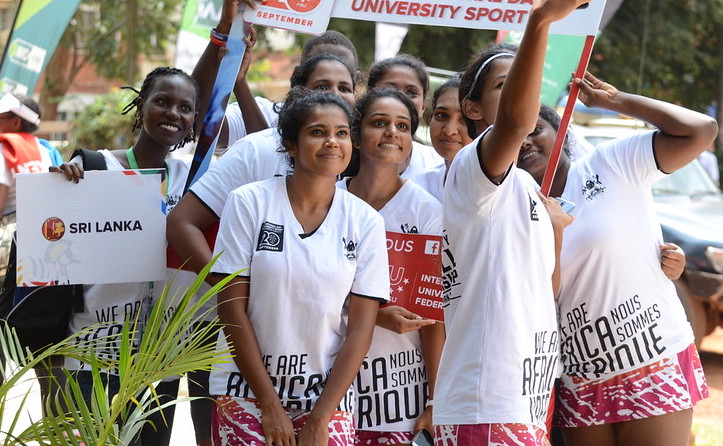 The FISU Healthy Campus programme and International Day of University Sport promote many of the same ideals: that bringing together communities to participate in physical activity is one of the key ways to a healthy lifestyle
The FISU Healthy Campus programme and International Day of University Sport promote many of the same ideals: that bringing together communities to participate in physical activity is one of the key ways to a healthy lifestyle
Leading and coordinating global standards certainly is essential work, but to a layperson like myself, the terms can seem a bit esoteric. I understand your employer AFNOR created ISO, the International Organisation for Standardization, in 1947. Why is this a notable development?
Globalisation is a worldwide phenomenon, especially in the last 35-40 years. ISO was set up just after World World II, to deal with international exchange, for basic commodities such a coal, steel, things like that. ISO was a way to get the economies of the world shattered by war back in shape by facilitating international exchange.
After that start, ISO went fairly dormant for a few decades. Then it picked up with the aircraft industry, technology, telecommunications, energy, any industry whose presences goes over national boundaries. A Boeing aircraft might be built in the USA, but when it lands in Japan, you need the correct replacement parts and know-how on hand for it to be able to fly back safely.
As international travellers know, your electric plug doesn’t fit in all countries. You cross the border from Switzerland to France or the U.K to the USA the electrical plug doesn’t fit. This happens when standards are defined nationally, not internationally. In the last four or five decades, national standards like the ones for electric socket are now being written much more often for an international standard. Over the last four decades, ISO has become the place for international standards.
Does the ISO concept and rules apply to the FISU Healthy Campus programme?
For the FISU project, we are trying to take away the local and national specifics and replace them with something that can apply across the world. Sometimes it is just changing the criteria just a little bit that allows everyone to be now able to use it. That’s where my experience and expertise comes into designing the FISU Healthy Campus programme criteria.
We are designing the what and the why; we leave it up to the user to put the how into it. That’s the whole thinking behind international standards. That’s what we strive to do with the FISU document.
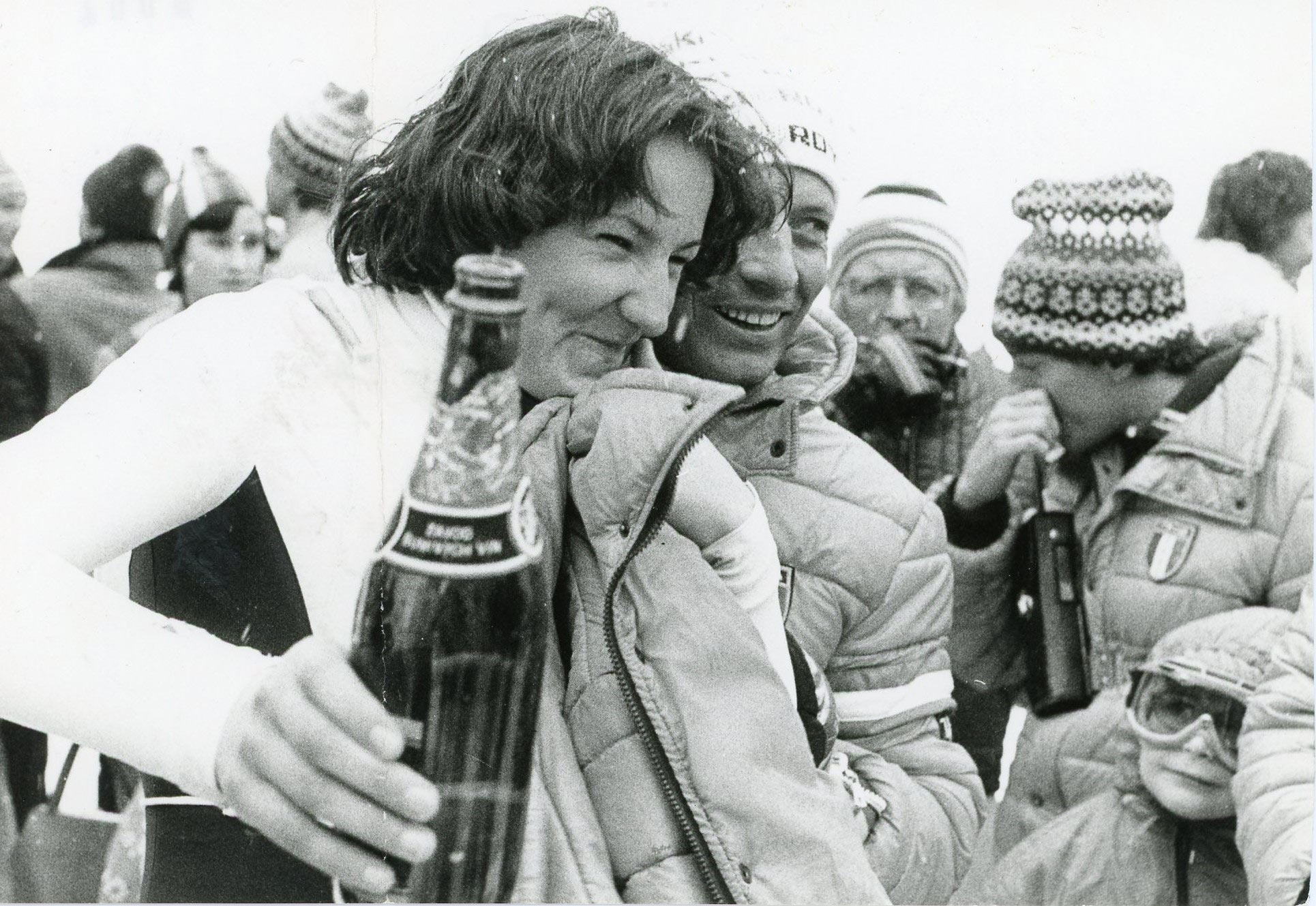 The Winter Universiade in Jaca struck a celebratory tone straight from the start of the event, as captured here during the opening ceremonies. Since 1949, FISU has been celebrating and promoting university sport.
The Winter Universiade in Jaca struck a celebratory tone straight from the start of the event, as captured here during the opening ceremonies. Since 1949, FISU has been celebrating and promoting university sport.
Where do you see FISU Healthy Campus three years from now?
Behind the Healthy Campus project is the idea that it is accessible to all. But it also does have a meritorious approach that any university can get in at the ground level, but once you’re in, then you can strive to further enhance their image with the bronze, silver, gold levels.
For a lot of universities, the gold, silver and bronze side of it won’t be terribly attractive. Some universities, sure, will aspire for the gold label – especially those institutions competing for an internationally acclaimed audience of students and professors. This will help signify that, along with having the best professors and facilities, that the university also has an incredibly attractive life on campus.
Having the Healthy Campus label associated with an institution is a way for it to show proof that it is actively working to make its campus and community an attractive place for students. While I’m not sure how fast this uptake will be, I’m confident this will be the primary driver of the adoption of the label’s criteria.
The programme has got to be university-driven, but it’s mainly done to benefit the students attending the institution.
Alister, thanks for the insights into the world of creating the criterion for healthier campuses and communities. Any final thoughts before I let you go?
I have absolutely enjoyed my time on this project with FISU. With Fernando and Amandine especially, I have shared a great collaboration. I look forward to working with the entire FISU team, but especially them, into the future.
